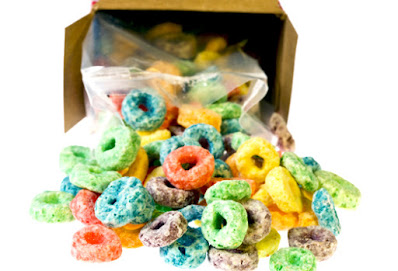THIS BRANCH OF PHYSICS EXPLAINS WHY KETCHUP’S HARD TO POUR
Foods often have unique and complicated rheology to get the right structure, for instance mayonnaise and delicious chocolate. Focused suspensions don't follow Sir Isaac Newton's Legislation of thickness, released as component of Newton's 1687 Laws of Motion, in his Principia Mathematica Philosophiae Naturalis.
bermain judi slot online terdapat banyak
The Legislation of thickness specifies that a liquid flows at a rate symmetrical to the force that's used, where the continuous of proportionality is the thickness. Because ketchup doesn't follow this Legislation, it's known as a non-Newtonian liquid.
Suspension thickness is unlimited at reduced forces, once it yields to a pressure and begins to flow, the thickness reduces the much faster it flows. This is called "shear thinning." At very high velocities, the suspension thickness can be just like sprinkle.
"Suspension rheology explains all the phenomena seen in [ketchup] containers and provides the solution to the seasonal sauce question, which can be tackled in 3 main actions," says Stickland.
1. SHAKE
"Constantly begin by giving the sauce a great tremble," says Stickland. "You need to overcome the yield stress to blend it, so it needs a good oomph—briefly conjure up your internal paint shaker. Remember to maintain the cover on, of course."
There's a possibility the strong bits in the sauce may have segregated or worked out, leaving watery sauce on top, or some sauce in the neck of the container may have dried out out and produced a connect. In either situation, you need the tremble to spread out these strong bits in the sauce uniformly, known as re-homogenisation.
2. INVERT THE BOTTLE
"If there is very little left in the container, you might need a solid whack to remove tomato sauce from all-time low. Transform the container benefit down (still with the cover on) and drive down at broadband, speeding up both the ketchup and the container. Quickly quiting the container should slump the sauce right into the neck."
3. TILT AND POUR
"There needs to be some force to overcome the yield stress, but not too much—the last point you want is sauce operating down your hand or, in the paint example, paint operating down the wall surfaces before it dries," says Stickland.
"The quantity of force depends on how a lot is left in the container. A complete container will have the weight of the sauce pressing down whenever the container is slanted, whereas a nearly empty container will need some help.
"With the container upright, remove the cover and begin to turn the container, targeting at the preferred place. Increase the angle until sauce starts to flow. If it doesn't flow once the container is almost benefit down, there isn't enough weight of sauce left to cause flow.
"This is where some kind of motivation, such as touching, slapping, or whacking, is required. But remember this sauce is shear thinning, so it flows more easily the greater the ‘encouragement.' This explains why sauce explosions can occur. The trick is to obtain the sauce streaming, but not too fast.
"You need to find the ‘sweet spot' of force had to relocate towards your hamburger. Begin by directing the open up finish of the container towards your food at an angle of about 45 levels with one hand about the traffic jam, and the various other providing mild but firm faucets under of the container. Increase the force of the faucets until you balance the force used with the mechanical stamina of the sauce to get it to flow."


